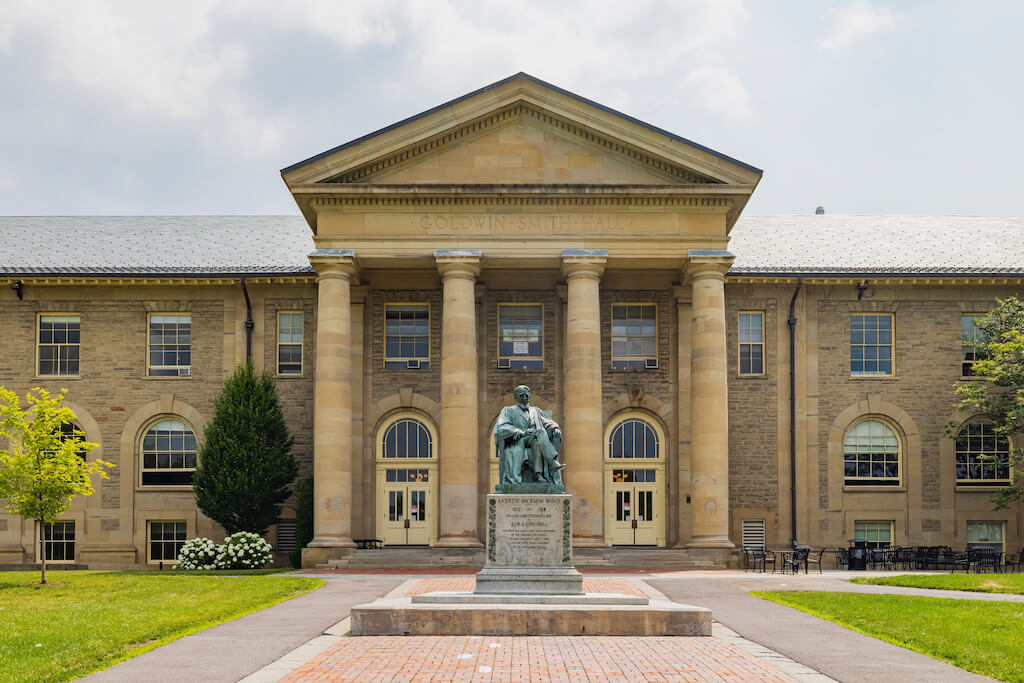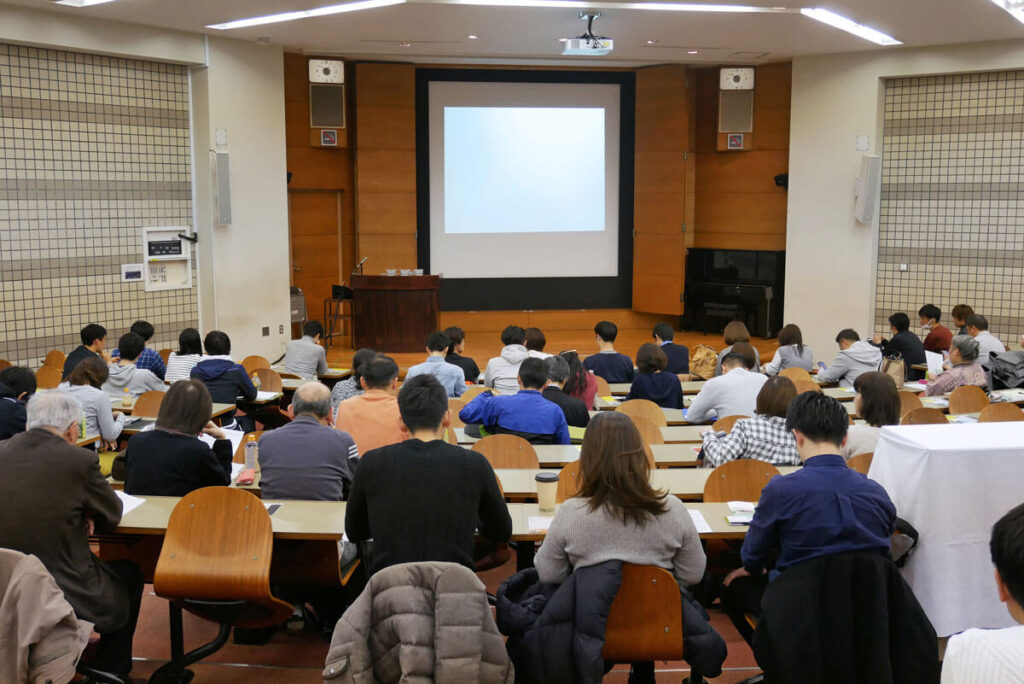Last June, I read commentaries about the Supreme Court affirmative action decision. This followed the Court’s ruling on the Students for Fair Admissions, Inc. v. President and Fellows of Harvard College case. I was surprised at several writers’ lack of understanding of the higher education admissions landscape in America.
The petitioner in the case, Students for Fair Admissions, Inc., claimed Harvard College and the University of North Carolina employed a highly selective admissions process to make their decisions each year. Admissions could depend on a student’s grades, recommendations, extracurricular activities, or race.
The petitioner questioned whether the admissions systems used by Harvard College and UNC were lawful under the Equal Protection Clause of the Fourteenth Amendment. Chief Justice John Roberts delivered the court’s opinion, ruling for the petitioner.
Higher Ed Legacy Admissions Targeted by Progressives
Approximately two weeks after the Supreme Court’s decision, I wrote about Legacy Admissions, a target of some opposed to the Court’s ruling. I pointed out that only 200 of the over 4,000 U.S. colleges and universities have selective admissions processes. My definition of “selective” is any institution where less than 50% of applicants are admitted.
The petitioner and its opponents were only concerned about highly selective colleges and universities.
More importantly for underprivileged students, only 75 colleges promise to meet 100% of students’ financial need if admitted. A smaller number of colleges promise a “no loan” financial aid package to students from families with low incomes.
I noted that a group of lawyers filed a complaint with the U.S. Department of Education against Harvard’s legacy admissions policies less than a week after the Supreme Court decision was announced. I also mentioned a July 7 New York Times opinion piece by Princeton sociology professor Shamus Khan.
Professor Khan wrote that if legacy preferences were eliminated, those students would be replaced by other privileged students, not underprivileged students. He added that the real benefit for an underprivileged student attending a prestigious university is the symbolic, social, and cultural capital gained.
As a follow-up, I wrote and posted an article titled Who Can Afford to Pay Ivy Plus Undergraduate Tuitions. I used financial and admissions data from each of the 12 elite colleges, known as the Ivy Plus. I showed that endowments and high percentages of full-pay students enabled these colleges to reduce the cost of attendance for the underprivileged students admitted. The data supported Professor Khan’s point that legacies (assuming most are full-pay) would be replaced by others from privileged families.
One point I neglected to make in any of my articles is that all reported admissions rates are in the aggregate. It would help researchers and policymakers if colleges posted their application and acceptance rates separately for full-pay and need-based financial aid applicants. I suspect they are different.
Are Independent Schools a Potential Target?
Several months ago, I read an article about tuition discounting at independent schools (K-12). A comment in the article about using tuition discounting to increase financial aid for students triggered a thought. I asked myself if the Supreme Court decision could apply to independent schools, particularly those that offer financial aid to increase racial diversity.
I emailed a friend of mine with a law practice serving higher education institutions. I asked her if she thought the affirmative action decision could apply to independent schools. I pointed out that most do not receive federal financial aid or funds. Her response was “maybe it applies,” followed by “most likely, eventually.”
I searched the Internet for articles applying the Students for Fair Admissions case to independent schools using race as a consideration in admissions practices. I found a few.
The Impact of the Supreme Court Ruling on Independent Schools
In an article titled “No More Affirmative Action: What Does the Supreme Court’s Decision Mean for Independent Schools?” Venable LLP’s Caryn Pass, Grace Lee, Janice Gregerson, and Ashley Sykes discussed the impact on independent schools and considerations for independent school admissions practices.
The attorneys wrote that the Supreme Court decision does not directly impact independent schools unless they receive federal funds. However, it establishes a precedent for asserting that considering race in the admissions process is unlawful discrimination.
Challenges to admissions practices under the following laws may affect private schools:
- 42 U.S.C.§1981: Section 1981 grants all persons the equal right to make and enforce contracts. Section 1981 has been held to apply to the offer of admission and enrollment contracts.
- Non-Profit Status and IRS Revenue Rulings and Procedures: The IRS issued revenue ruling 71-1447 in 1971, which provided that racial discrimination is contrary to public policy to be classified as a 501(c)(3) organization. IRS Rev. Proc. 75-50 provides that schools must affirmatively show that they adopted a racial non-discrimination policy to the public and that they operate in accordance with that policy.
- State and Local Human Rights Laws: Besides federal law, many states and localities have adopted their own human rights laws. In certain instances, these laws expressly cover independent schools and expressly prohibit racial discrimination.
- Non-profit Status: Two federal district courts have held that an independent school’s 501(c)(3) status is federal financial assistance for the purpose of complying with Title IX.
- The Fourth Circuit Court of Appeals is currently considering this issue. If upheld, the same analysis could be extended to require independent schools to similarly comply with Title VI.
Venable’s attorneys wrote: “It is still wise to be prepared for the possibility of future legal challenges over the use of race in the independent school admissions process.” They further wrote, “While independent schools have not necessarily adopted affirmative action programs, many schools have made a commitment to diversity in their admissions and other policies, and such measures could be the subject of future legal challenges.”
The authors recommended that schools review their current admissions and recruiting practices and policies. The review would assess compliance with current legal guidance and potential legal scrutiny based on the Supreme Court decision. They also recommended:
- That a non-discrimination statement be included in employee and student handbooks.
- That the Board has adopted the non-discrimination statement.
- That the statement appears on the school’s website.
- Consider how you gather information about an applicant’s background to achieve diversity goals.
Two items were not mentioned or discussed in the Venable article.
Many students apply to colleges and universities that they never visit or interview. Nearly all independent schools require an in-person interview and probably don’t admit more than 150 students annually. Applicants may not need to check a box to disclose their race. Prompting applicants to indicate how race affected their lives may not be relevant to younger minors.
The article does not mention need-based financial aid policies and practices. I’m sure that the percentage of independent school students who apply and receive need-based aid varies by school based on multiple factors. I would be concerned if the data shows a racial preference for aid recipients that does not comply with policies or this recent ruling.
Reducing Risks in Independent Schools
Fisher Phillips’ partner Kristen Smith provided ways independent schools can reduce Affirmative Action risks. Her article, “6 Steps for Private and Independent Schools in the Wake of the SCOTUS Affirmative Action Ruling,” was posted two months after Venable’s.
Her six steps include:
- Review your admissions application, policies, and process.
- Avoid requesting photographs or videos.
- Reconsider preference policies.
- Analyze your financial aid application, process, policies, and donor restrictions.
- Train everyone involved in the admissions process and the board.
- Consider any racially based programming.
The fourth step regarding financial aid analysis addresses some of my concerns about the Venable article. Ms. Smith wrote, “We anticipate race-based financial aid awards being another point of concern.” She suggests removing race-based considerations from the application and award process entirely.
The sixth step listed by Fisher Phillips was additive to the Venable advice. Ms. Smith wrote that “…schools have experimented with semester- or year-long special recruiting receptions or shadowing events for diverse students. If these programs require an individual to be of a certain race in order to participate, then you should work with your school’s lawyer to review whether the program is illegally discriminatory.”
Affirmative Action for Private Schools?
In “Private schools might need change on affirmative action, too” published in the Maryland Daily Record, Miles & Stockbridge attorneys Kirsten Eriksson and Brianna Gaddy wrote “at the core of the Supreme Court’s holding in SFFA is the concept that no individual should receive differential treatment simply because of the color of their skin.”
Eriksson and Gaddy note that schools should pay close attention to two tenets of SFFA. First, the Court characterized admissions as a “zero-sum game.” For every student admitted, another student (or students) must be denied admission. Schools should ensure that any program that supports students of color does not have a corresponding negative impact on non-minority students.
Second, SFFA prohibits the consideration of race in and of itself in admissions, using race as a proxy for another characteristic, making assumptions about individuals’ experiences because of their race, and assuming that a student adds value to the campus simply because of the color of their skin.
Minority applicants who describe overcoming race discrimination may have a compelling story, but nonminority applicants may also have overcome abject poverty, medical disability, or other issues. Give equal consideration to all those stories.
— Kirsten Eriksson and Brianna Gaddy
Final Thoughts
It’s no secret that politics influences education in the United States. Education regulations at the federal and state levels are “justified” by the high funding governments provide. Rulings by our local, state, and federal courts are influenced by politics as well, regardless of whether judges are appointed or elected. Public institutions are generally subject to more regulations than private institutions, but private institutions receiving federal aid are required to abide by federal regs.
The advice the three law firms proffered cited the potential impact of the Supreme Court affirmative action decision on independent school admissions. This advice makes it clear that reviewing policies and practices is imperative even if the school does not receive federal aid.
I support the advice to review the data. What if the minority composition of the area served by the independent school is X% and the students of color awarded financial aid are 3X%? What if the financial aid application process is more selective than the regulation application process? These facts could indicate a red flag during the review. However, if you can prove that your school “gives equal consideration to all stories,” maybe it’s an anomaly but not a red flag.
My attorney friend advised me that “there will be lawsuits eventually.” Some schools may decide to wait for the outcome of a ruling about an independent school practice. However, a ruling that may or may not be like the facts and circumstances of your situation is not how I would advise school leaders or boards to act.











